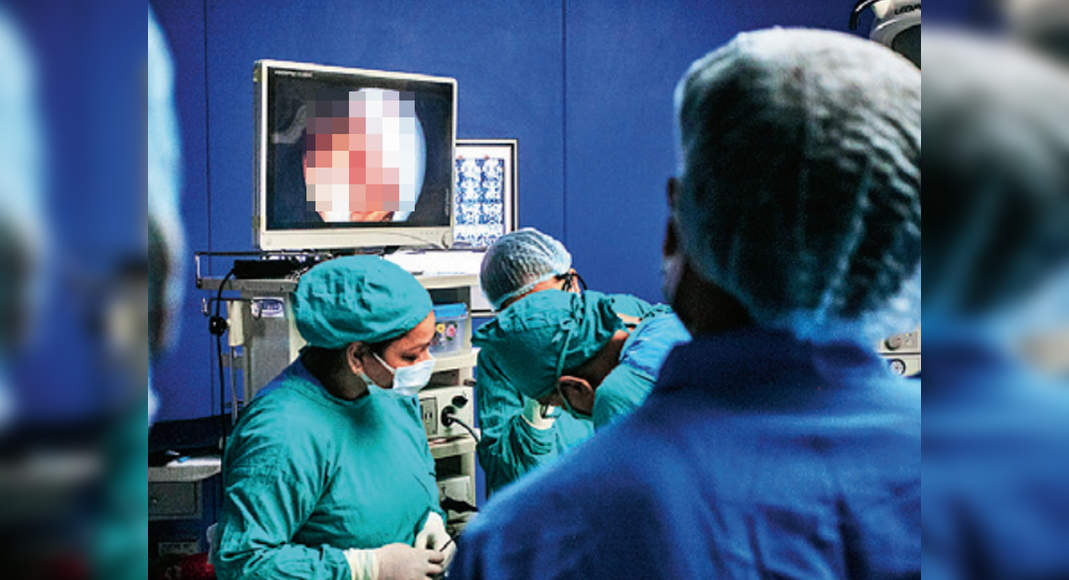AHMEDABAD: Gujarat and Maharashtra – the two states reporting the highest cases of mucormycosis (MM) after the second wave of Covid-19 – also reported the highest cases of rhino-orbital-cerebral mucormycosis (ROCM), claimed a national study encompassing 2,826 patients from 22 states and Union territories.
The findings suggested 22% of India’s total ROCM recorded from Gujarat, followed closely by Maharashtra with 21%.
The study, ‘Epidemiology, clinical profile, management, and outcome of Covid‑19‑associated rhino‑orbital‑cerebral mucormycosis in 2,826 patients in India – Collaborative OPAI‑IJO Study on Mucormycosis in Covid‑19 (COSMIC)’ was recently published in the Indian Journal of Ophthalmology.
The study focused on the fungal infection spread in sinuses, space behind the eyes and below the brain.
The study added that ROCM was primarily manifested by facial or eye pain (23%), swelling (edema) on face or near eyes (21%), and loss of vision (19%).
The study includes doctors from Ahmedabad, Surat, Vadodara and Rajkot.
Dr Anuja Desai, an ophthalmologist with KD Hospital and one of the authors of the study, said that the patient profile indicated older patients (average age of 52 years), more males (71%) than females, and 78% having diabetes as an existing comorbidity.
“Out of diabetics, 41% reported uncontrolled diabetes.
Moreover, 25% also reported having high blood pressure (hypertension),” she said.
Other major findings pointed at 57% of the total patients requiring oxygen support, and 87% of the patients treated with corticosteroids.
Most of the cases (56%) showed onset of ROCM between day 10 and 15 from the start of Covid-19 infection.
Mortality was found to be 14% among these patients, mentioned in the paper.
Dr Bela Prajapati, head of the ENT department at Civil Hospital and member of the state committee on mucormycosis, said that Covid-19 infection remains the major factor for phenomenal increase in MM cases, and ROCM form a bulk of total cases, followed by infection in oral cavity.
“At our hospital, there were two male patients for every one female patient treated.
Majority of the patients were 40 years or above,” she said.
The route studied by the experts is the most common one for the spread of infection, said Dr Neeraj Suri, ENT surgeon with Gandhinagar GMERS Hospital.
“The mucus having moisture gave the opportunistic fungus to grow, which then would spread upwards towards the eyes and later to the brain.
Majority of the patients that we treated at our facility had diabetes as the prominent comorbidity,” she said.







